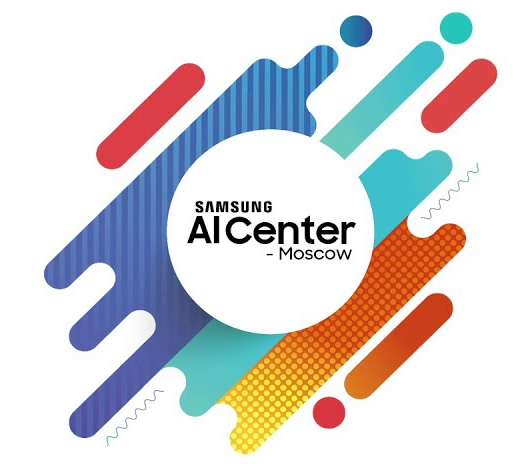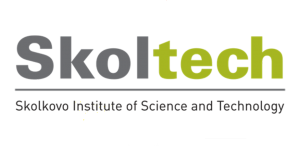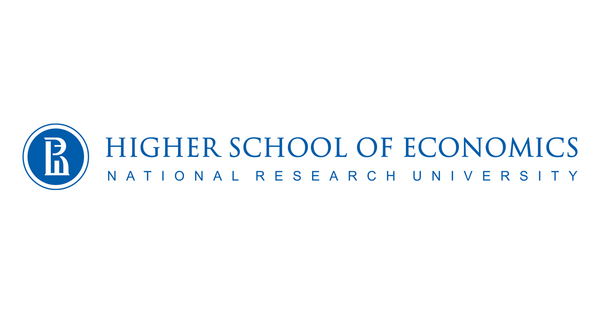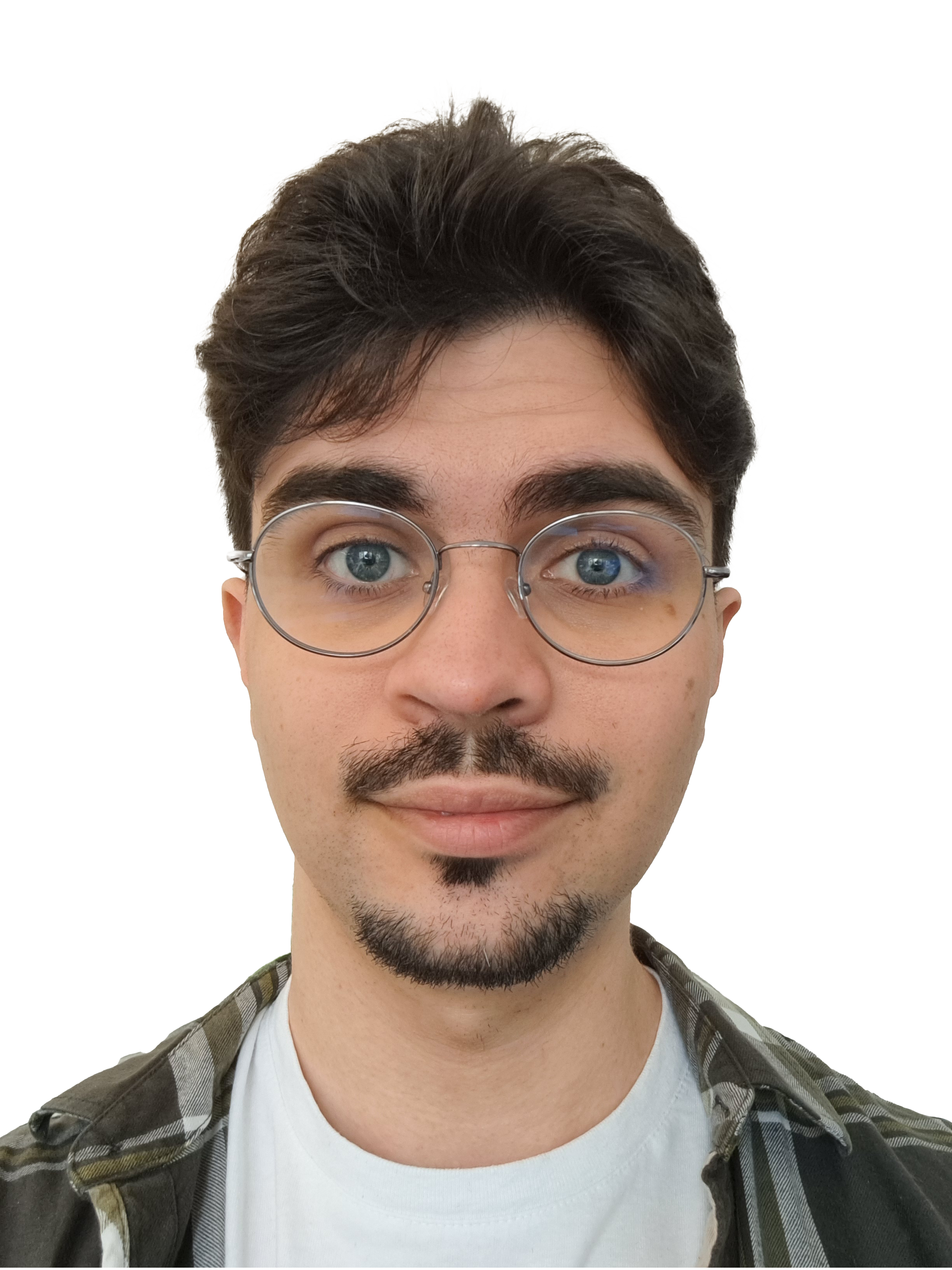
Artur Grigorev
Hello!
I am a Ph.D. student at the Max Planck ETH Center for Learning Systems (CLS),
jointly supervised by Otmar Hilliges (ETH)
and Michael J. Black (MPI).
My research interests lay in the area of building photo-realistic human avatars.
Currently, I am focused on the task of modelling and reconstructing human clothing.
I am most interested in the challenging task of modelling loose garments, such as skirts, dresses and unbuttoned shirts
Prior to my Ph.D., I was working as a research engineer at
Samsung AI Center Moscow.
I obtained my Master's Degree in Data Science from
Skolkovo Institute of Science and Technology
and my Bachelor's Degree in Software Engineering from
Higher School of Economics Moscow
You can get in touch with me using the following links:
PROJECTS
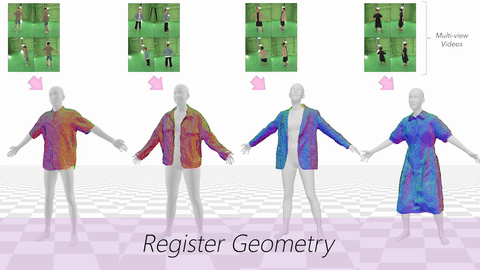
Gaussian Garments: Reconstructing Simulation-Ready Clothing with Photo-Realistic Appearance from Multi-View Video
Boxiang Rong*, Artur Grigorev*, Wenbo Wang, Michael J. Black, Bernhard Thomaszewski, Christina Tsalicoglou Otmar Hilliges
Gaussian Garments is a novel approach for reconstructing photorealistic simulation-ready garment assets
from multi-view videos.
Our method represents garments with a combination of a 3D mesh and a Gaussian texture that
encodes both the color and high-frequency surface details. This representation enables accurate registration of garment
geometries to multi-view videos and helps disentangle albedo textures from lighting effects.
Furthermore, we demonstrate
how a pre-trained Graph Neural Network (GNN) can be fine-tuned to replicate the real behavior of each garment. The
reconstructed Gaussian Garments can be automatically combined into multi-garment outfits and animated with the
fine-tuned GNN.
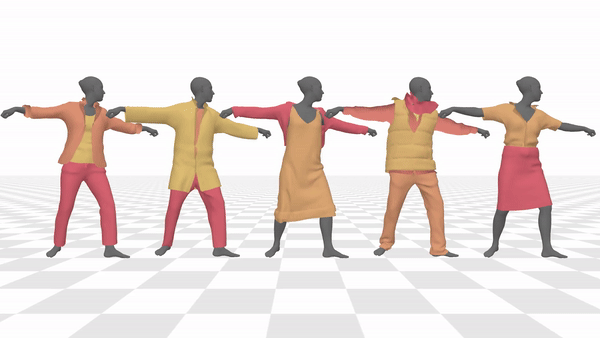
ContourCraft: Learning to Resolve Intersections in Neural Multi-Garment Simulations
SIGGRAPH 2024Artur Grigorev, Giorgio Becherini, Michael J. Black, Otmar Hilliges, Bernhard Thomaszewski
ContourCraft is a learning-based solution for handling intersections in neural cloth simulations.
Unlike conventional approaches that critically rely on intersection-free inputs,
ContourCraft robustly recovers from intersections introduced through missed collisions,
self-penetrating bodies, or errors in manually designed multi-layer
outfits.
The technical core of ContourCraft is a novel intersection contour loss that penalizes interpenetrations and
encourages
rapid resolution thereof.
We integrate our intersection loss with a collision-avoiding repulsion objective into a neural cloth simulation
method
based on graph neural networks (GNNs).
We demonstrate our method's ability across a challenging set of diverse multi-layer outfits under dynamic human
motions.
Our extensive analysis indicates that ContourCraft significantly improves collision handling for learned simulation
and
produces visually compelling results.

HOOD: Hierarchical Graphs for Generalized Modelling of Clothing Dynamics
CVPR 2023Artur Grigorev, Bernhard Thomaszewski, Michael J. Black, Otmar Hilliges,
We propose a method that leverages graph neural
networks, multi-level message passing, and unsupervised
training to enable real-time prediction of realistic clothing
dynamics.
Whereas existing methods based on linear blend
skinning must be trained for specific garments, our method
is agnostic to body shape and applies to tight-fitting garments as well as loose, free-flowing clothing. Our method
furthermore handles changes in topology (e.g., garments
with buttons or zippers) and material properties at inference time.
As one key contribution, we propose a hierarchical message-passing scheme that efficiently propagates stiff
stretching modes while preserving local detail. We empirically show that our method outperforms strong baselines
quantitatively and that its results are perceived as more realistic than state-of-the-art methods
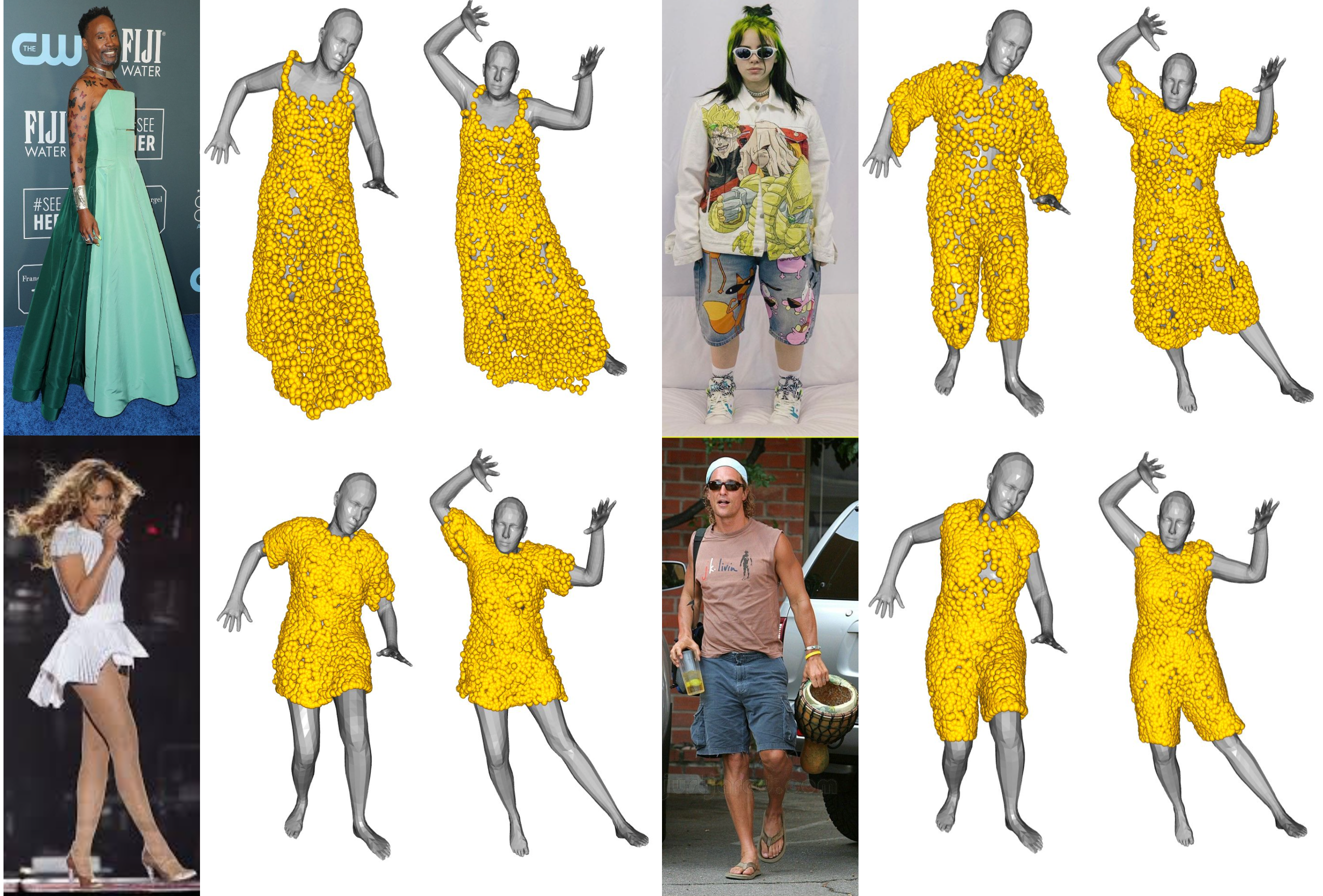
Point-Based Modeling of Human Clothing
ICCV 2021Ilya Zakharkin*, Kirill Mazur* Artur Grigorev, Victor Lempitsky
A new approach to human clothing modeling based on point clouds.
Within this approach, we learn a deep model that can predict point clouds of various outfits,
for various human poses, and for various human body shapes.
Notably, outfits of various types and topologies can be handled by the same model.
Using the learned model, we can infer the geometry of new outfits from as little as a single image,
and perform outfit retargeting to new bodies in new poses.
We complement our geometric model with appearance modeling that uses the point cloud geometry
as a geometric scaffolding and employs neural point-based graphics to
capture outfit appearance from videos and to re-render the captured outfits.
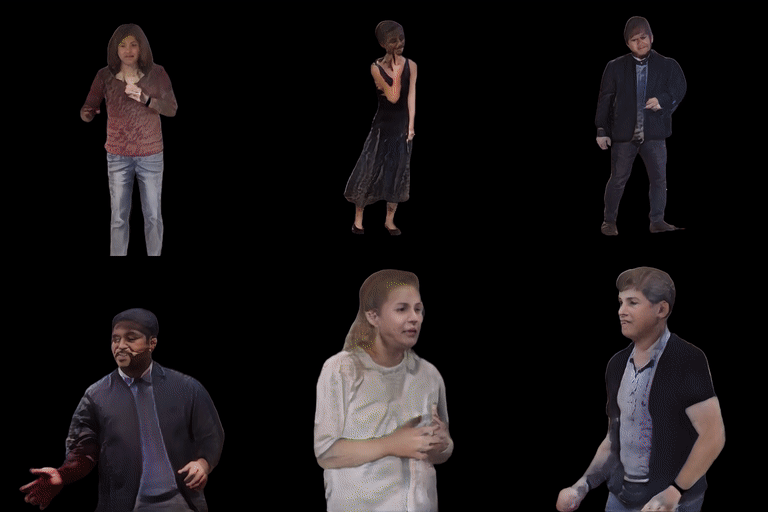
StylePeople: A Generative Model of Fullbody Human Avatars
CVPR 2021Artur Grigorev*, Karim Iskakov*, Anastasia Ianina, Renat Bashirov, Ilya Zakharkin, Alexander Vakhitov, Victor Lempitsky
We propose a new type of full-body human avatars,
which combines parametric mesh-based body model with a neural texture.
We show that with the help of neural textures, such avatars can successfully model clothing and hair,
which usually poses a problem for mesh-based approaches.
We also show how these avatars can be created from multiple frames of a video using backpropagation.
We then propose a generative model for such avatars that can be trained from datasets of images
and videos of people. The generative model allows us to sample random avatars as well
as to create dressed avatars of people from one or few images.

Coordinate-based Texture Inpainting for Pose-Guided Image Generation
CVPR 2019Artur Grigorev, Artem Sevastopolsky, Alexander Vakhitov, Victor Lempitsky
A deep learning approach to pose-guided resynthesis of human photographs.
At the heart of the approach is the estimation of the complete body surface texture based on a single
photograph. Since the input photograph always observes only a part of the surface,
we suggest a new inpainting method that completes the texture of the human body.
Rather than working directly with colors of texture elements, the inpainting network estimates
an appropriate source location in the input image for each element of the body surface.
This correspondence field between the input image and the texture is then further warped
into the target image coordinate frame based on the desired pose,
effectively establishing the correspondence between the source and the target
view even when the pose change is drastic.
The final convolutional network then uses the established correspondence and all other
available information to synthesize the output image using a fully-convolutional
architecture with deformable convolutions.
We show the state-of-the-art results
for pose-guided image synthesis at the time of publishing.
Additionally, we demonstrate the performance of our system for garment transfer and
pose-guided face resynthesis.
EXPERIENCE & EDUCATION
Ph.D. Student
Max Planck ETH Center for Learning Systems (CLS)
Since May 2022
Co-supervised by Otmar Hilliges
and Michael J. Black.
My main research interest are photo-realistic human avatars.
My current project concerns modelling and reconstruction of human clothing.
I am especially interested in handling loose garments, such as skirts, dresses, unbuttoned shirts etc.,
that do not follow the human body closely.
Research Engineer
Samsung AI Canter (SAIC) Moscow
May 2018 - Apr 2022
I was a research engineer at Vision, Learning & Telepresence (VIOLET) lab under the supervision of Victor Lempitsky. I was doing research in the area of photorealistic human avatars, which resulted in two first-author CVPR papers. I also co-authored one CVPR paper and one ICCV paper (see the list of projects above for details).
M.Sc., Data Science
Skolkovo Institute of Science and Technology (Skoltech)
2017 - 2018
Graduate Studies with focus on Data Analysis and Computer Vision. Finished with exellence under the supervision of Victor Lempitsky.

